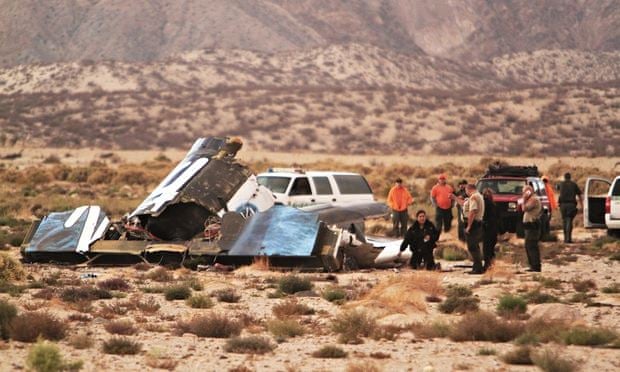
Orion spacecraft in vertical test facility near Littleton, CO
Forget the rinky-dink commercial space program and poppets using 45-year old Russian rocket engines and played out space jockeys, to try to do the space tourist thing or ferrying cargo to the International Space Station. We're now on the cusp of a REAL space program, run by NASA in conjunction with some of Colorado's best universities in the space science field. Orion, which is set to launch on the Exploration Flight Test-1, or EFT-1, this Thursday morning from Cape Canaveral, Fla., will take a 17-minute ride into orbit on the world's most powerful rocket — the Centennial Colorado-made Delta IV Heavy.
It will communicate with Earth via antennae, and record its journey with flight cameras. The test flight brings Orion one step closer to meeting the National Aeronautics and Space Administration's mission objective of eventually landing humans on asteroids, Mars and other never-before visited destinations. While private Colorado companies such as United Launch Alliance and Ball Aerospace have designed some of the craft's components - they are not running the show. As with the Apollo program, NASA is the maestro, setting all the pieces in motion as well as defining the objectives and uses.
For some perspective, the December 4 launch of EFT-1 will take Orion farther than any U.S. spacecraft built for humans has gone since Apollo 17 in 1972, reaching the altitude of 3,609 miles during its second orbit of Earth. In comparison, the international space station orbits Earth at about 260 miles altitude. By further comparison, Virgin Galactic's 'Space Ship Two' which recently crashed, e.g.

Has minimal aspirations of barely reaching the edge of space, at about some 18-20 miles altitude. By comparison to Orion this is 'small change'. Worse it is mainly for space tourism, to give wealthy hotshots a chance to say they'd at least been to the edge of space (to experience weightlessness) at a quarter million bucks a pop. The total duration of each flight? Five minutes.
Thus, the Orion mission brings a desperately needed shot in the arm to an "uninspired" national space program, in the parlance of NASA astronaut Eugene Cernan, Apollo 17's mission commander. According to Cernan, quoted in a Sunday Denver Post Business piece:
Bingo! And further, we have to keep telling knot heads who yap about "letting robots do it" - Not good enough! We have to get ourselves off this planet and colonize other worlds - because well, to quote Isaac Asimov in his 1976 lecture at Queen's Park Theater in Barbados: "You don't leave all your eggs in one basket. In the case of humans on Earth, one killer asteroid could wipe us all out."

I don't know how much clearer the case can be made for manned space exploration and ultimate colonization. We have the choice to either move some of our "eggs" to other planetary locations, or remain on Earth and have the species wiped out. There are no other choices.
The Orion spacecraft is made up of three components: the launch-abort system, the service module and the crew module, which is the only part that will return to Earth. It sits atop the Delta IV Heavy rocket for a combined total launch weight of more than 1.6 million pounds. Orion's crew quarters can sustain four astronauts for up to 21 days in a 316-cubic-foot habitable area — a space that's the equivalent of about of two minivans.
Before allowing humans to live in such quarters, all Orion's systems — which have been extensively tested on the ground — must be pushed to their limits in the harsh conditions of deep space. Hence, the critical test on Dec. 4 which I have no reservations about, as I would with a straight up commercial launch overseen by commercial priorities such as large profit margins.
The spacecraft will twice pass through the lower Van Allen Belt — one of two areas of radiation encircling Earth. The radiation is extremely harmful to humans, and can also wreak havoc on sensitive equipment. Orion's cameras will be turned off at this time, and data on how the spacecraft's protective systems fare will be closely monitored.
Then there's the heat inevitably sustained on any space craft re-entry.given re-entry velocity generates friction between the spacecraft and Earth's atmosphere, and that friction results in extreme heat.
Serving as a buffer for the EFT-1 is the spacecraft's 16.5-foot-diameter heat shield to protect Orion and its future crews during re-entry into Earth's atmosphere. The shield is key to Orion's success given that Orion will pass through Earth's upper atmosphere at about 20,000 mph so will experience temperatures of up to 4,000 degrees Fahrenheit, or about 80 percent of what the spacecraft would experience returning from lunar orbit. (Orion's shield is designed to withstand up to 5,000 degrees Fahrenheit.)
Let's look forward to Thursday's launch of the EFT-1 and the promise of a genuinely bright manned space future with adequate redundancy and safety measures as opposed to slapdash craft put together on the fly with future profit the primary driver.
No comments:
Post a Comment